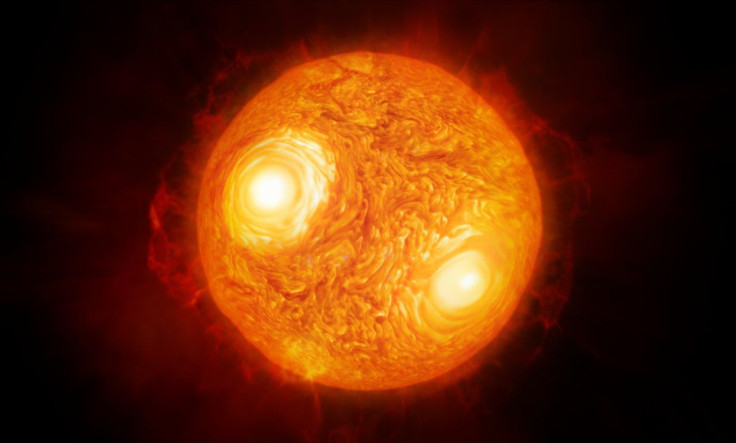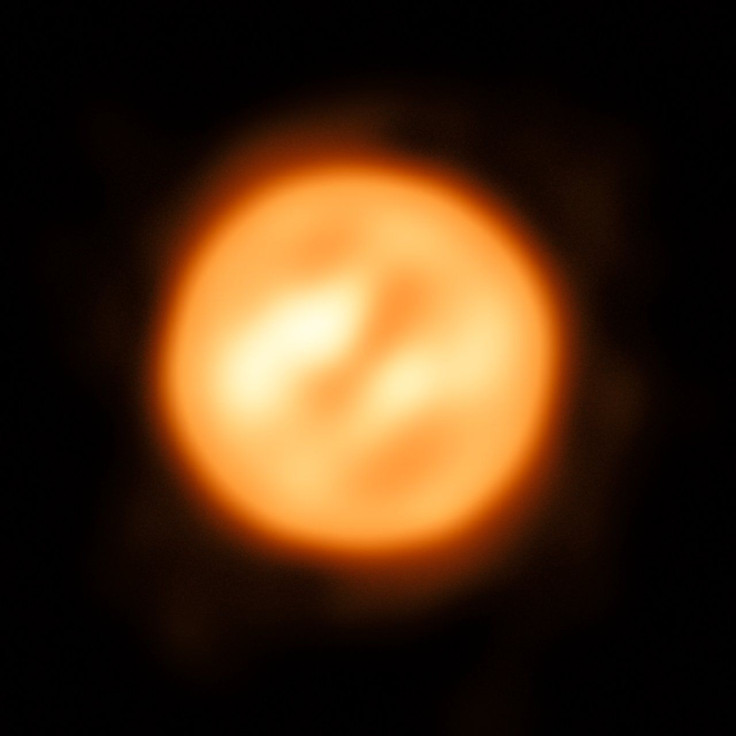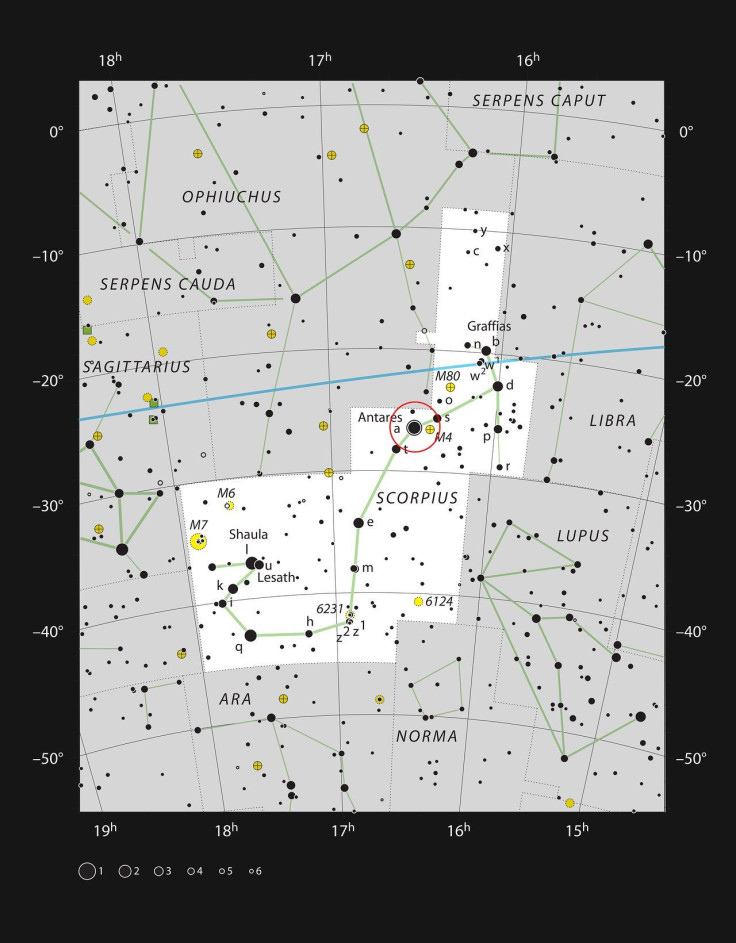PHOTOS: Scientists Get Super Close To Giant Star In Scorpius

Scientists took a super closeup photo of a star in the constellation Scorpius, what they are calling the most detailed image ever captured of a star other than our own sun.
The astronomers found strange turbulent gas in the enormous atmosphere of the red supergiant Antares while they were snapping the picture with the European Southern Observatory’s Very Large Telescope and making a map of how the material moves in that atmosphere. After their observations, they reported in the journal Nature that there is currently no explanation for why the gas is moving so turbulently, raising a question in our understanding of how red supergiants operate.
Antares is in the middle of the sky’s scorpion constellation. Being a red supergiant means it is cool compared to other stars and is toward the end of its life, on the road to becoming a supernova.

While the astronomers were turning the Very Large Telescope’s gaze to Antares, they were looking to understand how quickly gas was moving at different points in its atmosphere and the average speed of those motions. With that information, they were able to construct a map of the gas velocity. According to the ESO, it was the first time anyone had done that for a star other than the sun, which is of course significantly closer than any other.
Antares is almost 620 light years away from Earth, or roughly 3.6 quadrillion miles. For comparison, the sun is only about 93 million miles away.

“How stars like Antares lose mass so quickly in the final phase of their evolution has been a problem for over half a century,” lead study author Keiichi Ohnaka said in a statement from the ESO.
The new findings only added a new layer to the mystery, as the scientists found that turbulent gas, which had a low density and was farther out from the star’s surface than they had expected to find it. They say it did not get there through convection, the process by which energy moves from a star’s core to its outer atmosphere, with cold material moving down toward the center and hot material moving upward. It’s similar to how energy moves through Earth’s atmosphere and oceans.
Antares is about 12 times more massive than the sun and has a diameter about 700 times bigger, because of how much red supergiant stars expand as they age. It used to be heavier though — the ESO estimates that Antares was 15 times more massive than the sun before it started to shed material.
To build upon the study and learn more about how red supergiants like Antares operate, “the next challenge is to identify what’s driving the turbulent motions,” Ohnaka said.
This study comes just a couple of months after a separate team of scientists working through the ESO announced their own photographic milestone: a super detailed image of the red supergiant Betelgeuse, a bright point on the shoulder of the mighty hunter Orion. They had used the largest radio telescope in the world, the Atacama Large Millimeter/submillimeter Array in the desert of northern Chile, where the high altitude and low humidity helped them get a better look at this star a few hundred light years away from Earth. Their image did not focus on how quickly gas in Betelgeuse’s atmosphere was moving; rather it captured the temperature at different points in its inner atmosphere, which varies.
© Copyright IBTimes 2024. All rights reserved.





















